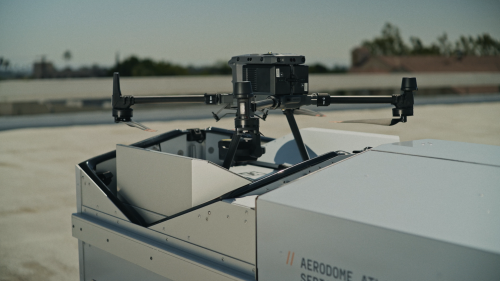The Fort Wayne Police Department (FWPD) Air Support Unit in Fort Wayne, Indiana, began developing its Drone as First Responder (DFR) program in 2021. After initial research, site visits and testing, they launched the full program in January 2022. While primarily focused on law enforcement support, they also assist fire and EMS operations.
Why Fort Wayne PD launched a DFR program
In 2021, the Fort Wayne Police Chief read about the Chula Vista Police Department’s DFR program and asked the Air Support Unit to explore launching a similar program in Fort Wayne. The mission was to enhance situational awareness and support de-escalation efforts.
Focus of the Fort Wayne PD DFR program
Drones are launched when pilots monitoring Live911 detect 911 calls that may benefit from aerial overwatch. This includes law enforcement incidents, fire monitoring and assisting EMS with locating individuals.
Fort Wayne PD DFR success stories
The call: Hit and run. A suspect fled the scene of a hit-and-run and ran behind a house.
DFR response: Provided aerial overwatch as K9 officers initiated a track. Observed the suspect running through several backyards and into a vacant home. Officers established a perimeter and successfully apprehended the suspect.
The call: Disturbance with a weapon. Officers responded to a report of a man with a knife near railroad tracks.
DFR response: Located an individual matching the description, holding a radio and phone, no weapon visible. Officers confirmed the individual was a train enthusiast listening to radio traffic. The situation was de-escalated without incident.
Fort Wayne PD’s DFR technology
- Platform: DroneSense Remote
- Aircraft: Dock 2 and Dock 3
- Parachute System: AVSS
- Payload Drop: Not applicable
- Visual observer requirement: Operating under an FR-BLVOS waiver with a human observer. They have pre-approved full BVLOS waivers (Part 91 and Part 107) up to 400 ft, pending completion of IRIS DAA sensor installation.
- Team: 12 pilots, with 2 dedicated to DFR operations
- Detection Tech: Dedrone and Uavionix IRIS









